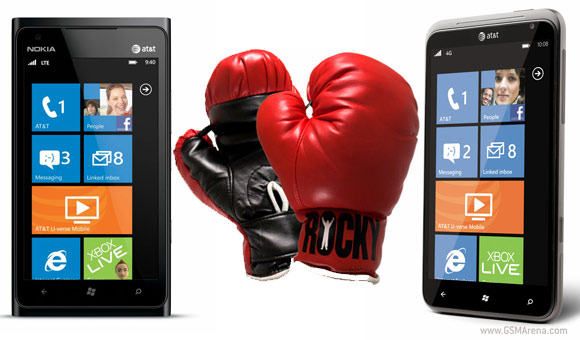
http://www.theregister.co.uk/2013/05/06/ec_motorola_antitrust_finding/
It seems that Google's Motorola missed patents against Apple in Europe. Motorola was informed by the European Comission that the company's use of Standard-Essential Patents (SEP's) was a violation of the European Union's anti-trust laws.
The decision was annouced after investigators started a two year examination of the Apple's suits with Microsoft. These suits were used by Motorola to claim its SEP's under the fair rules of FRAND terms.
"Specifically, the EC says it believes that Motorola having sought and enforced an injunction against Apple based on its mobile phone–related SEPs "amounts to an abuse of a dominant position.The protection of intellectual property is a cornerstone of innovation and growth," EC competition policy veep Joaquín Almunia said in a canned statement on Monday. "But so is competition. I think that companies should spend their time innovating and competing on the merits of the products they offer – not misusing their intellectual property rights to hold up competitors to the detriment of innovation and consumer choice."
In Motorola's case it seems that part of the strategy may have violated the EU trade rules. But before the verdict, Motorola have the chance to defend its self against accusations and request a hearing to make its own argument. If Motorola does not make an effective argument, Motorola will be fined a massive amount. That massive amount is 10 percent of its worldwide annual revenue.
What should the courts do? Isn't 10 percent of world revenue a bit steep? Let me know below!




